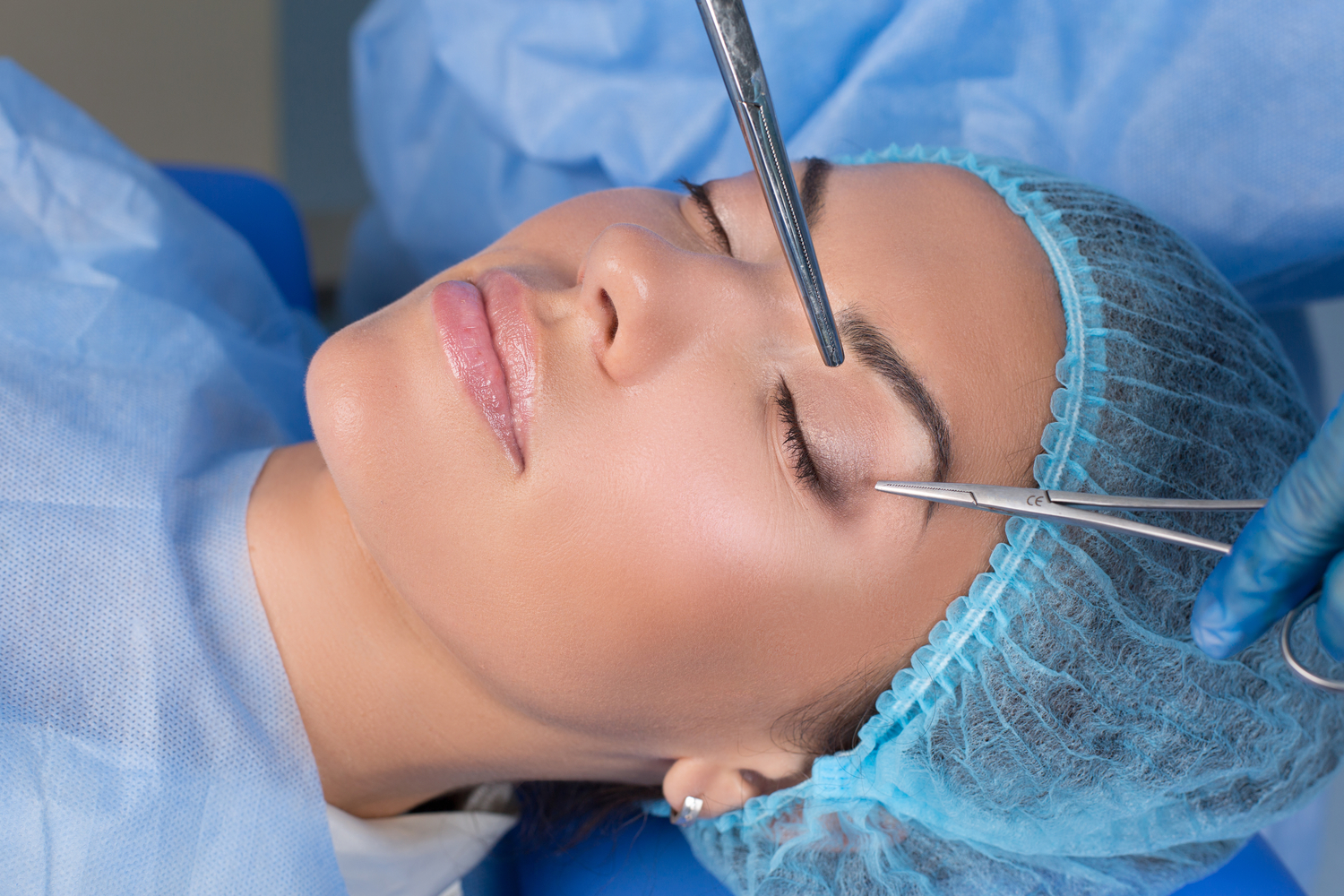Comprehensive Guide to Modern Cataract Treatments and Procedures
Discover the latest cataract treatments, including dropless surgery and multifocal lenses, along with detailed procedural insights and post-operative care tips. Understand costs and insurance coverage to make informed decisions about your vision health. This comprehensive guide offers valuable information to help you navigate cataract management confidently.

Comprehensive Guide to Modern Cataract Treatments and Procedures
Understanding Cataract Treatment Options
The eye's primary focus mechanism relies on a clear lens that directs light properly for sharp vision. When a cataract develops, this lens becomes cloudy, causing vision to resemble looking through a foggy or dusty window. Symptoms include blurred or dim vision. The most effective solution is surgical removal of the cataract. An ophthalmologist recommends surgery when the clouding interferes with daily activities.
Below, we detail available treatment options for cataracts.
What is dropless cataract surgery?
Dropless cataract surgery, including techniques like Tri-Moxi, is among the latest advancements in lens removal procedures.
Traditionally, eye drops are prescribed post-surgery to prevent infections and inflammation, often required multiple times daily over weeks.
In dropless procedures, essential medications are administered directly inside the eye during surgery.
This method allows medication delivery before you leave the operating room.
It is safe, effective, more convenient, and can be more cost-effective for most patients.
What are multifocal lenses?
In previous cataract treatments, patients generally only received monofocal lenses, necessitating glasses for reading or distance.
Modern multifocal lenses enable clear vision at multiple distances, minimizing dependence on glasses or bifocals.
Technological advancements have made this possible, offering better visual outcomes.
However, not everyone is suitable for multifocal lenses; some limitations exist and additional exams are needed.
Consult your ophthalmologist to determine if multifocal technology is appropriate for you.
What does cataract surgery involve?
The procedure begins with numbing the eye via eye drops or injections, often accompanied by sedation for comfort.
Unnoticed small incisions are made near the cornea using laser or blades to access the lens.
The surgeon breaks up and removes the cloudy lens using precise instruments.
A new artificial lens is implanted in place of the removed lens.
The incisions are typically self-sealing, eliminating the need for stitches.
A protective shield is placed over the eye post-surgery, and patients rest in the recovery area.
Patients usually go home on the same day, resuming normal activities shortly after.
What are the costs of cataract surgery with insurance?
Medicare and other insurance plans may cover the procedure if vision tests meet specific criteria.
Private insurance might have similar coverage conditions.
If the surgery is covered, out-of-pocket costs can be minimal.
Premium intraocular lenses (IOLs) tend to increase the overall cost.
Early surgery before significant vision loss can sometimes be more economical.
Discuss options with your ophthalmologist to decide the best timing for your surgery.
Post-surgery precautions
Use prescribed eye drops consistently after surgery.
Avoid getting water or soap into your eyes during healing.
Always wear protective glasses; avoid rubbing or pressing on your eyes.
Stay away from smoke, dust, or excessive heat to safeguard your recovery.










